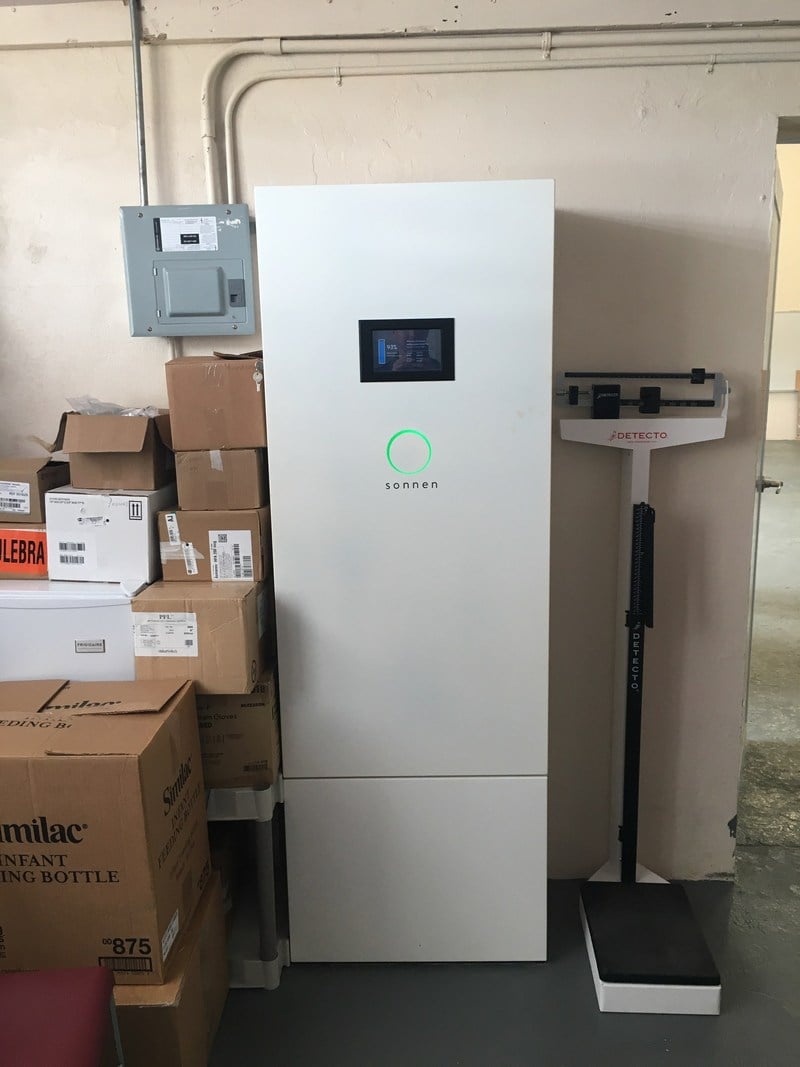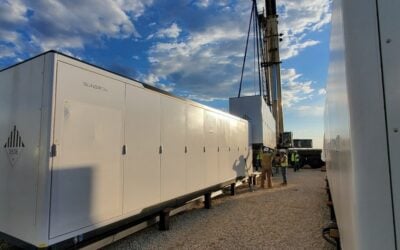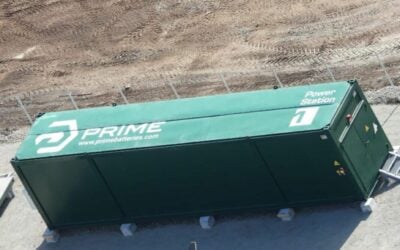
Even the US states leading in energy storage market development still have work to do when it comes to adopting the best and lowest-cost grid interconnection procedures, an expert in regulatory affairs at the Interstate Renewable Energy Council (IREC), has said.
In an exclusive blog published this week on Energy-Storage.news, Sara Baldwin, the national group’s VP for regulatory affairs, wrote that while “interconnection procedures are the rules of the road for the grid,” at this stage, such rules vary hugely state by state.
Enjoy 12 months of exclusive analysis
- Regular insight and analysis of the industry’s biggest developments
- In-depth interviews with the industry’s leading figures
- Annual digital subscription to the PV Tech Power journal
- Discounts on Solar Media’s portfolio of events, in-person and virtual
Or continue reading this article for free
“Without common rules and predictable processes, gridlock and costly projects can result. Alternatively, the adoption of statewide interconnection standards (i.e., rules that apply to all regulated utilities) that reflect well-vetted best practices can provide greater consistency across utilities and help streamline the grid connection process for all involved stakeholders,” Sara Baldwin wrote.
IREC produced its latest Model Interconnection Procedures in September this year, applicable nationally and designed to “reflect the latest evolution in best practices to facilitate higher penetrations of distributed energy resources (DERs) on the grid,” including wind, solar, electric vehicles and, of course, energy storage.
The 2019 edition provides a “necessary update” to the guide first published in 2005 and subsequently updated in 2009 and 2013, Baldwin said at the time it was released, aimed at informing stakeholders including utility regulators, industry professionals and policymakers.
While the new document includes an initial framework for the interconnection of energy storage systems, as outlined in the IREC expert’s blog, they remain very much a work in progress and “do not yet resolve every question around energy storage.”
“For example, they (the procedures) do not address how to screen those energy storage systems that may have some ‘inadvertent export’ for a very short duration in response to sudden customer load fluctuations,” Baldwin wrote.
“But as the interconnection of energy storage evolves in the coming years, best practices for how best to analyse their grid impacts will continue to emerge.”
Read Sara Baldwin of IREC’s blog for Energy-Storage.news, “Encouraging signs: interconnection rules in the age of distributed energy storage”, here.






